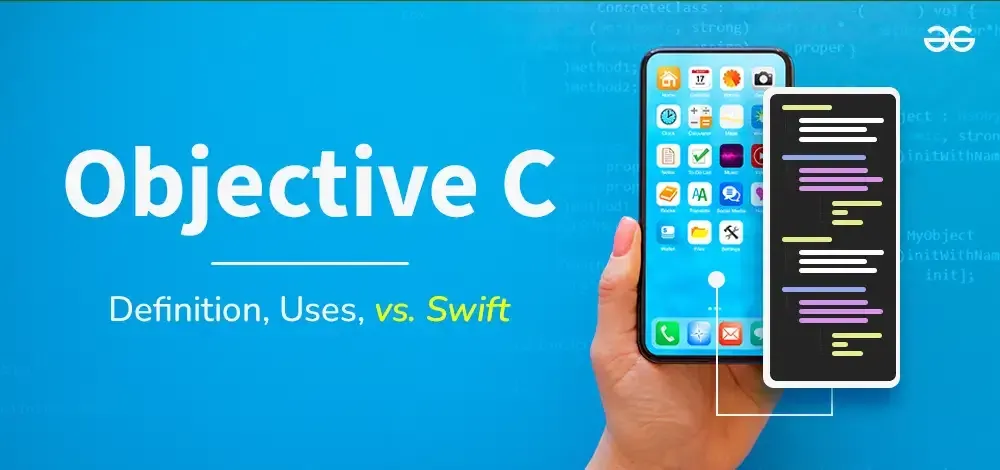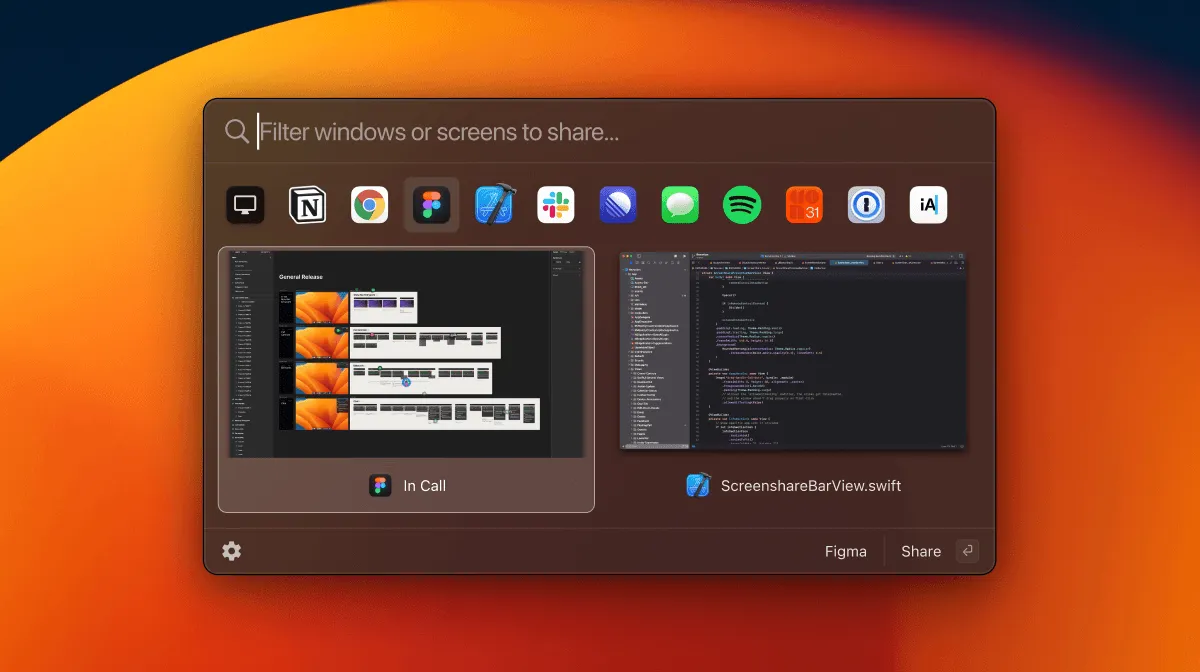The Fascinating World of Objective-C A Comprehensive Guide
In the ever-evolving landscape of programming languages, Objective-C stands out as a powerful and versatile choice for developers, particularly those working on Apple’s ecosystem. As a superset of the C programming language, Objective-C adds a dynamic, object-oriented layer that allows for the creation of robust and efficient software applications. This article aims to provide a comprehensive overview of Objective-C, delving into its history, core features, and its role in the development of Apple’s renowned products.
The Origins of Objective-C

The Birth of Objective-C
Objective-C was first introduced in the early 1980s by Brad Cox and Tom Love, who were inspired by the Smalltalk programming language. They sought to create a language that would combine the efficiency and low-level control of C with the object-oriented capabilities of Smalltalk. This fusion resulted in Objective-C, a language that would go on to become a cornerstone of Apple’s software development ecosystem.
The Rise of Objective-C
As Apple’s NeXT Computer division gained traction in the 1990s, Objective-C became the language of choice for developing applications on NeXT’s operating system, which eventually evolved into macOS. With the acquisition of NeXT by Apple in 1996, Objective-C became the primary language for developing software for Apple’s platforms, including macOS, iOS, tvOS, and watchOS.
Objective-C’s Impact on Apple’s Ecosystem
Objective-C’s deep integration with Apple’s software development tools, such as Xcode and the Cocoa frameworks, has made it an essential language for creating a wide range of applications, from productivity suites and multimedia tools to games and enterprise-level software. The language’s ability to seamlessly interact with the underlying C and C++ code has also allowed for the development of high-performance, low-level system components, further solidifying its importance in Apple’s ecosystem.
The Fundamentals of Objective-C
Object-Oriented Programming in Objective-C
At the heart of Objective-C lies its object-oriented programming (OOP) model, which builds upon the foundation of C. Objective-C introduces the concept of “objects,” which encapsulate data and behavior, allowing for the creation of reusable and modular software components. This OOP approach enables developers to create complex systems by breaking them down into smaller, more manageable pieces, leading to improved code organization, maintainability, and scalability.
Dynamic Runtime and Message Passing
One of the key features that sets Objective-C apart from other C-based languages is its dynamic runtime and message-passing system. In Objective-C, objects communicate with each other by sending messages, rather than directly invoking methods. This dynamic dispatch mechanism allows for late binding, where the specific implementation of a method can be determined at runtime, providing greater flexibility and adaptability in the codebase.
Memory Management and ARC
Objective-C’s traditional memory management model, which relied on manual reference counting and deallocation of objects, has evolved over time. The introduction of Automatic Reference Counting (ARC) in Objective-C has greatly simplified the process of memory management, reducing the risk of common memory-related bugs and making it easier for developers to focus on the core functionality of their applications.
Working with Cocoa and Cocoa Touch

The Cocoa and Cocoa Touch Frameworks
Cocoa and Cocoa Touch are the primary application frameworks for developing software on Apple’s platforms. These frameworks provide a rich set of pre-built classes, protocols, and tools that streamline the development process, allowing developers to focus on the specific features and functionality of their applications rather than reinventing the wheel.
UI Development with Cocoa and Cocoa Touch
Cocoa and Cocoa Touch offer powerful user interface (UI) development tools and APIs, enabling developers to create visually appealing and intuitive applications. From the creation of custom views and controls to the integration of system-provided UI elements, these frameworks provide a comprehensive set of tools to design and implement engaging user interfaces.
Foundation and Core Services
Objective-C’s integration with the Foundation and Core Services frameworks provides developers with a robust set of low-level functionality, ranging from data structures and collections to networking and file management. These foundational layers ensure that Objective-C applications can interact with the underlying operating system and take advantage of a wide range of system-level services.
Advanced Objective-C Concepts
Categories and Extensions
Objective-C’s category and extension features allow developers to extend the functionality of existing classes, both their own and those provided by the system frameworks. This flexibility enables the creation of modular and reusable code, making it easier to customize and adapt existing functionality to meet specific application requirements.
Protocols and Delegation
Protocols in Objective-C define a contract of methods and properties that a class must implement. The delegation design pattern, built upon protocols, enables the decoupling of functionality, promoting modular and extensible application architecture.
Block-based Programming
Objective-C’s block syntax provides a powerful way to encapsulate and pass around chunks of code, similar to lambda functions in other programming languages. Blocks are particularly useful for implementing event handlers, asynchronous tasks, and other functional programming patterns.
Objective-C and Swift: The Evolution of Apple’s Languages

The Rise of Swift
In 2014, Apple introduced a new programming language called Swift, which was designed to address some of the perceived shortcomings of Objective-C and provide a more modern and concise approach to Apple platform development. Swift’s focus on safety, performance, and expressiveness has garnered significant attention and adoption within the Apple developer community.
Coexistence of Objective-C and Swift
While Swift has gained significant momentum and is now the primary language for new Apple platform development, Objective-C continues to play a crucial role in the Apple ecosystem. Many existing Objective-C codebases remain in active use, and new development often involves a combination of both languages, taking advantage of their respective strengths.
Interoperability between Objective-C and Swift
One of the key advantages of Objective-C’s continued relevance is its seamless interoperability with Swift. Developers can freely mix and match Objective-C and Swift code within the same project, allowing them to leverage the benefits of both languages and maintain a cohesive codebase.
The Future of Objective-C
Ongoing Improvements and Enhancements
While Swift has captured the spotlight, Apple continues to invest in the development and improvement of Objective-C. The language has seen incremental updates and enhancements over the years, addressing pain points, improving performance, and aligning with the latest advancements in the Apple platform ecosystem.
Objective-C’s Role in Existing Codebases
The substantial investment that many companies and developers have made in Objective-C over the years ensures that the language will continue to play a significant role in the Apple ecosystem for the foreseeable future. As organizations migrate their codebases to Swift, Objective-C will remain an essential component, allowing for the gradual and seamless transition of existing applications.
The Enduring Value of Objective-C
While the programming landscape continues to evolve, Objective-C’s strong foundation, deep integration with Apple’s platforms, and the wealth of existing knowledge and resources make it an enduring and valuable language for developers working within the Apple ecosystem. As the industry navigates the coexistence of Objective-C and Swift, the versatility and longevity of Objective-C ensure its continued relevance and importance.
Conclusion
Objective-C is a language that has stood the test of time, serving as the cornerstone of Apple’s software development ecosystem for decades. Its rich history, robust feature set, and deep integration with the Cocoa and Cocoa Touch frameworks have made it an indispensable tool for creating high-performance, feature-rich applications for Apple’s platforms. As the industry navigates the evolving landscape of programming languages, Objective-C’s continued relevance and interoperability with Swift ensure that it will remain a crucial part of the Apple developer’s toolkit for years to come.